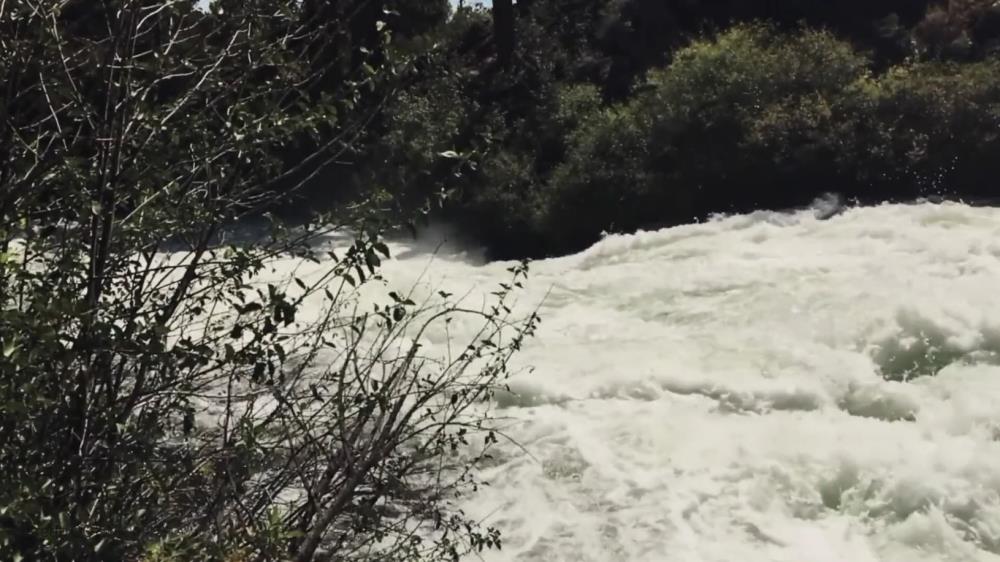
Related items loading ...
Section 1: Publication
Publication Type
Journal Article
Authorship
Armstrong, R., Pomeroy, J. W., & Martz, L.
Title
Spatial variability of mean daily estimates of actual evaporation from remotely sensed imagery and surface reference data
Year
2019
Publication Outlet
Hydrology and Earth System Sciences, 23(12): 4891-4907
DOI
ISBN
ISSN
Citation
Armstrong, R., Pomeroy, J. W., & Martz, L. (2019). Spatial variability of mean daily estimates of actual evaporation from remotely sensed imagery and surface reference data. Hydrology and Earth System Sciences, 23(12): 4891-4907.
https://doi.org/10.5194/hess-23-4891-2019
Abstract
Land surface evaporation has considerable spatial variability that is not captured by point-scale estimates calculated from meteorological data alone. Knowing how evaporation varies spatially remains an important issue for improving parameterisations of land surface schemes and hydrological models and various land management practices. Satellite-based and aerial remote sensing has been crucial for capturing moderate- to larger-scale surface variables to indirectly estimate evaporative fluxes. However, more recent advances for field research via unmanned aerial vehicles (UAVs) now allow for the acquisition of more highly detailed surface data.
Integrating models that can estimate “actual” evaporation from higher-resolution imagery and surface reference data would be valuable to better examine potential impacts of local variations in evaporation on upscaled estimates. This study introduces a novel approach for computing a normalised ratiometric index from surface variables that can be used to obtain more-realistic distributed estimates of actual evaporation. For demonstration purposes the Granger–Gray evaporation model (Granger and Gray, 1989) was applied at a rolling prairie agricultural site in central Saskatchewan, Canada. Visible and thermal images and meteorological reference data required to parameterise the model were obtained at midday.
Ratiometric indexes were computed for the key surface variables albedo and net radiation at midday. This allowed point observations of albedo and mean daily net radiation to be scaled across high-resolution images over a large study region. Albedo and net radiation estimates were within 5 %–10 % of measured values. A daily evaporation estimate for a grassed surface was 0.5 mm (23 %) larger than eddy covariance measurements. Spatial variations in key factors driving evaporation and their impacts on upscaled evaporation estimates are also discussed. The methods applied have two key advantages for estimating evaporation over previous remote-sensing approaches: (1) detailed daily estimates of actual evaporation can be directly obtained using a physically based evaporation model, and (2) analysis of more-detailed and more-reliable evaporation estimates may lead to improved methods for upscaling evaporative fluxes to larger areas.
Plain Language Summary
Digital and thermal images taken near midday were used to scale daily point observations of key factors driving actual-evaporation estimates across a complex Canadian Prairie landscape. Point estimates of actual evaporation agreed well with observed values via eddy covariance. Impacts of spatial variations on areal estimates were minor, and no covariance was found between model parameters driving the energy term. The methods can be applied further to improve land surface parameterisations.


 GWFNet
GWFNet Master
Master Research
Research Map
Map
 Advanced
Advanced . . .
. . .

 Metadata Editor
Metadata Editor
 Record List
Record List
 Alias List Editor
Alias List Editor
 Legacy sites
Legacy sites